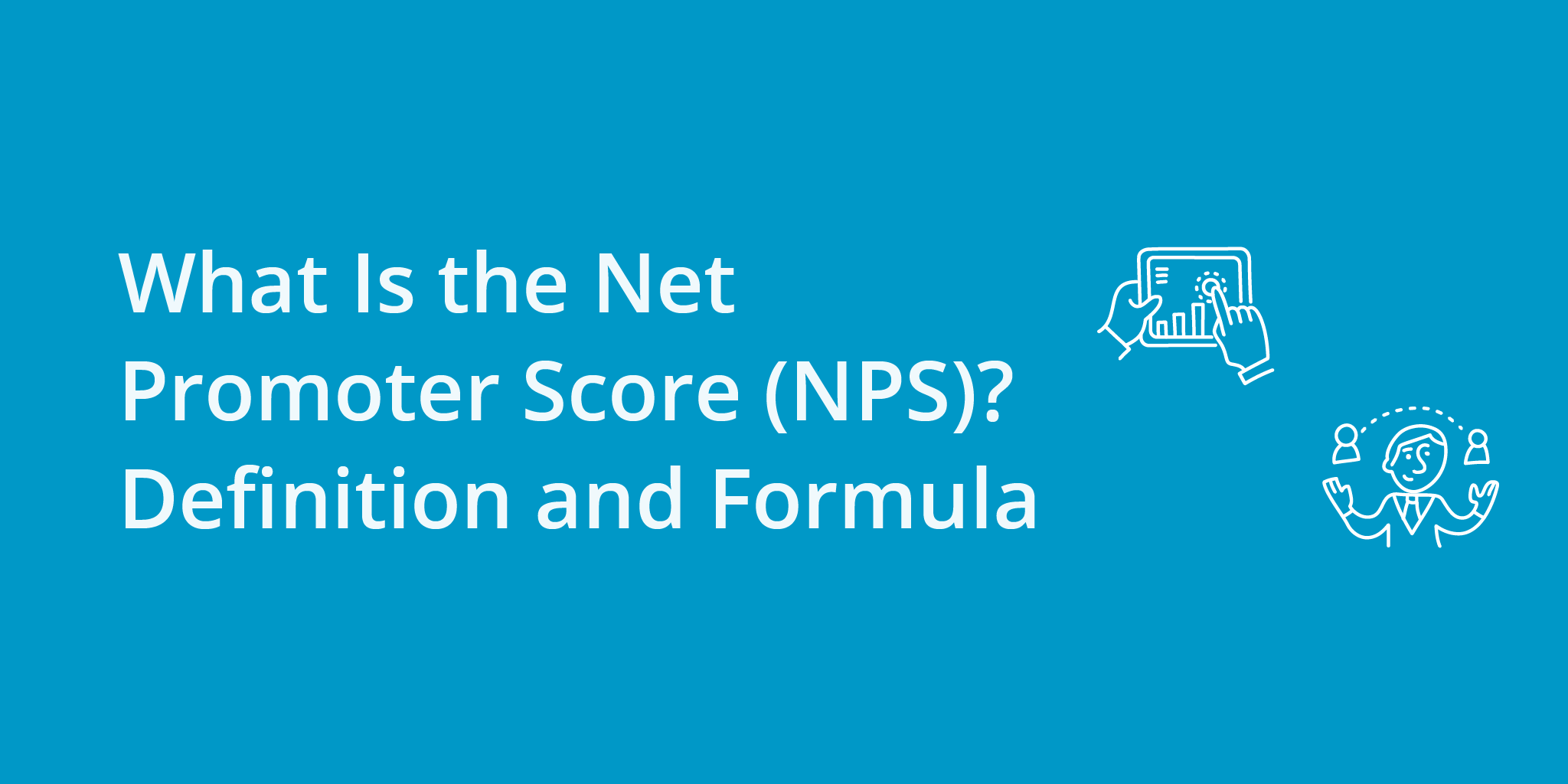NPS analytics, also known as Net Promoter Score analysis, plays a pivotal role in understanding and harnessing customer loyalty and satisfaction. By understanding NPS data, businesses gain valuable insights into their customers’ likelihood to recommend their products or services.
These insights are essential for making informed decisions and crafting effective strategies to enhance customer experiences.
In this NPS analysis report, we will explore the best practices and techniques for extracting meaningful information from NPS data. We’ll take a look at segmenting customer feedback, identifying trends, and ultimately leveraging the power of NPS to drive business growth and success.

What is NPS?
Net Promoter Score (NPS) is a metric used to measure customer loyalty and satisfaction. It provides insights into how likely customers are to recommend a product, service, or brand to others. Fred Reichheld popularized the concept in a 2003 Harvard Business Review article titled “The One Number You Need to Grow.”
The concept is based on a simple NPS survey question asked to customers:
“On a scale of 0 to 10, how likely are you to recommend our company/product/service to a friend or colleague?”
Based on their responses, customers are categorized into three groups:
- Promoters (score 9-10): These are highly satisfied and loyal customers who are likely to recommend your brand to others. They are considered brand advocates and can contribute to positive word-of-mouth marketing.
- Passives (score 7-8): These customers are generally satisfied but may not actively promote your brand. They are neutral and less likely to exert significant influence on others’ purchasing decisions.
- Detractors (score 0-6): These customers are dissatisfied and may have negative views about your brand. They can potentially harm your brand’s reputation through negative word-of-mouth.
The NPS is calculated by subtracting the percentage of detractors from the percentage of promoters. The score ranges from -100 to +100, with higher scores indicating a greater number of promoters relative to detractors. The Passives are not factored into the score calculation.
NPS is considered a valuable metric because it provides a clear and concise measure of customer loyalty. It allows companies to gauge the overall sentiment of their customer base and track changes in satisfaction throughout the customer journey. NPS can be used as a performance indicator and a basis for making customer-centric improvements to enhance loyalty and drive business growth. This is why NPS insights are invaluable for customer service teams.
How to Analyze NPS Data
Examining the feedback from customers that has been collected in the form of Net Promoter Score (NPS) data is essential for gauging their levels of satisfaction and loyalty. Here’s a step-by-step guide for how to analyze customer responses:
To start, calculate the NPS by categorizing survey responses into three groups based on their rating:
- Promoters (score 9-10): These are highly satisfied and loyal customers who are likely to recommend your product or service.
- Passives (score 7-8): These customers are generally satisfied but may not be actively promoting your brand.
- Detractors (score 0-6): These customers are dissatisfied and may potentially harm your brand reputation. This customer feels upset with your brand and/or your level of customer support.
- Calculate the percentage of promoters, passives, and detractors. Then, subtract the percentage of detractors from the percentage of promoters to obtain the NPS score. The NPS ranges from -100 to +100.
- Segment the data: Analyze the NPS data based on different customer segments such as demographics, purchase history, or customer type. This segmentation allows you to identify patterns and understand which groups are more likely to be promoters, passives, or detractors.
- Identify trends over time: Track changes in NPS over time to identify trends and patterns. This can help you assess the impact of specific initiatives or changes on customer satisfaction and loyalty. Analyze the NPS scores for different time periods and look for significant changes or fluctuations.
- Conduct text analytics: Dive deeper into the NPS data to identify the underlying factors contributing to the scores. Analyze the verbatim feedback provided by customers to understand their reasons for being promoters, passives, or detractors. Look for common themes, issues, or patterns to identify areas for improvement.
- Benchmark against industry standards: Compare your NPS scores with industry benchmarks to understand how your company performs relative to competitors. This can provide insights into your market position and help you set realistic improvement goals.
- Correlate NPS with business metrics: Analyze the relationship between NPS and other business metrics such as customer retention, revenue, or customer lifetime value. This can help you understand the impact of customer satisfaction and loyalty on your overall business performance.
- Visualize the data: Create visual representations of the NPS data using charts, graphs, or dashboards. Visualizing the data makes it easier to identify trends, patterns, and anomalies, enabling better decision-making and communication of insights within your organization.
- Act on insights: Once you have analyzed the NPS data and identified key findings, take action to address customer concerns, enhance satisfaction, and improve loyalty. Use the insights gained from the analysis to implement targeted strategies and initiatives that align with customer feedback.
Remember that NPS analysis is an ongoing process. It’s a good idea to keep collecting feedback, monitoring NPS scores, and iterating your analysis to improve customer satisfaction.

TL;DR
In conclusion, reporting Net Promoter Score (NPS) effectively is crucial for translating NPS data into actionable insights. By following the best practices outlined in this NPS report example, businesses can present their NPS analysis in a clear and concise manner.
Providing an overview of the NPS calculation, segmenting the data, and highlighting key findings and trends are essential elements of an impactful NPS report. Visualizations such as charts and graphs can aid in conveying the information effectively.
Additionally, analyzing themes in customer feedback adds depth to the report, enabling a deeper understanding of customer sentiments. By mastering the art of reporting NPS, organizations can make data-driven decisions, drive improvements, and ultimately foster stronger customer loyalty and business growth.



